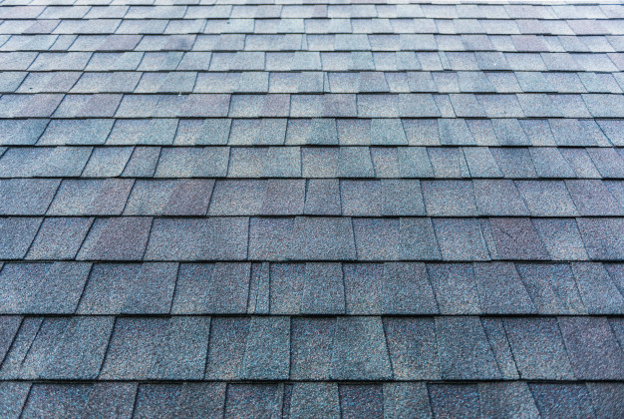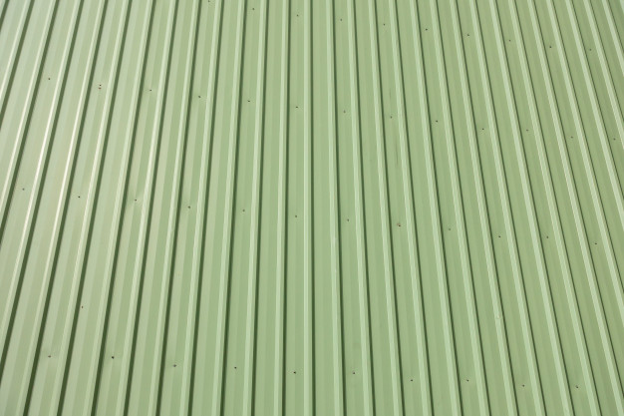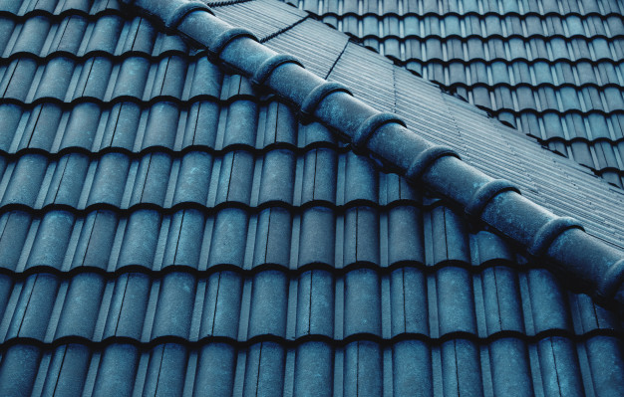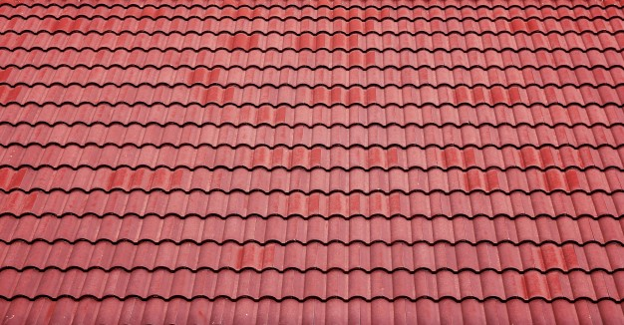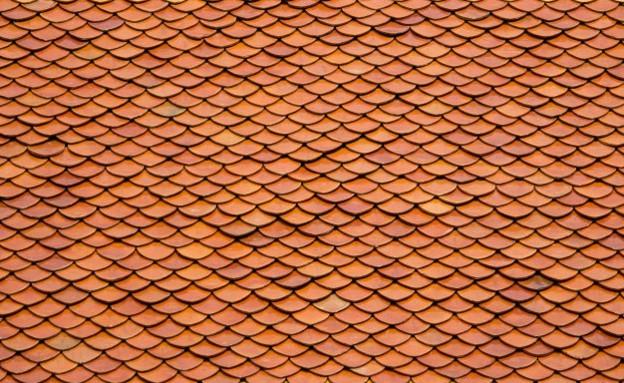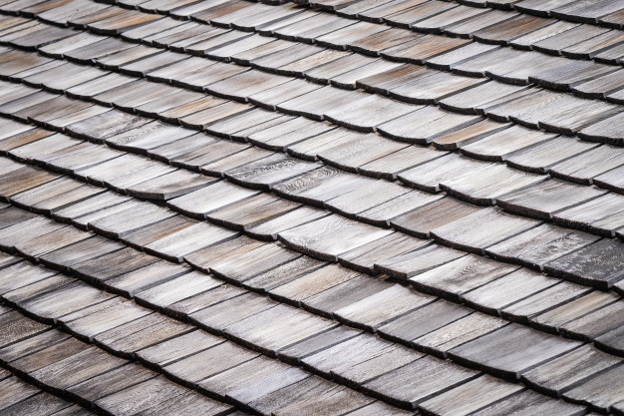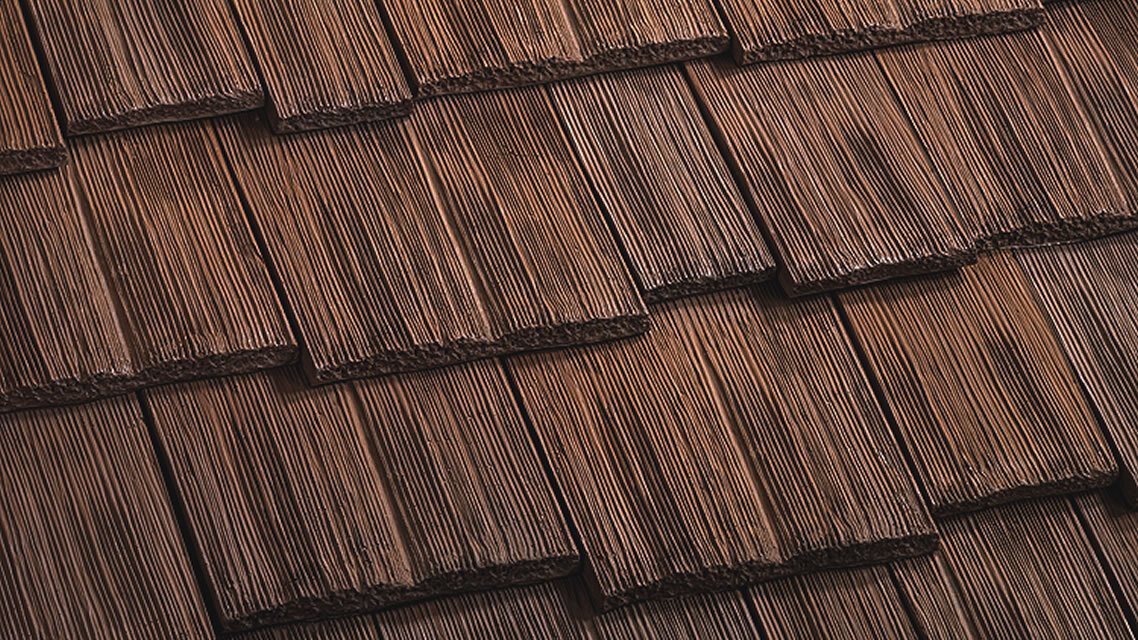12 Types of Roof Materials: Choosing the Best Option
The roof of your home is arguably the most important for countless reasons. It provides protection from the elements, keeps your home warm, and protects your home's structure, among other things. The roof is also, arguably, what can boost your home's value the most–so a quality, well-maintained roof is essential. However, there are many different types of roof materials on the market, so knowing what to choose can be hard.
Here are some common types of home roof materials, and the good and bad about each:
1. Solar Tiles
Solar tile roofing is a newer roofing option that is eye-catching. Solar tiles can help save money on the electricity bill, since they absorb solar energy that can be converted into power. With enough solar panels, you can effectively reduce your energy bill to zero, and even make money if your area has an energy program where they buy back excess energy that’s been generated by homeowners with renewable energy systems.
Solar tiles take a long time to install and are also incredibly expensive. They are not an ideal option for homes in shaded areas. Additionally, they are somewhat fragile compared to other options. Solar will only be a viable option for homes with moderate weather and lots of sun. Without enough sunlight they will take a long time to even pay off their initial investment, much less produce an overall dent in your monthly energy bill.
2. Asphalt Shingles
Asphalt shingles are one of the classic roofing materials that you see on most modern homes. They are an affordable, easy-to-install option that is also easy to repair and replace as needed. You can even choose from a basic asphalt shingle to something higher-end like 3-tab or architectural. Expect to save money on an asphalt installation simply because most roofers are experienced with this material and installation shouldn’t take quite as long as other materials. It’s also a fast process that requires the shingles only be rolled out and nailed down.
However, due to the way they are designed, asphalt shingles are not the most durable option. They can last up to 30 years, depending on what they are exposed to, like wind and sun. Unfortunately, once the granules on asphalt roofing are gone, the whole roof needs to be replaced. Asphalt shingles are also pretty limited stylistically, and are usually available only in a classic black color.
3. Metal Roofing
Metal roofing comes in many different forms, like metal shakes and shingles, standing seam metal roofing, and stone coated steel. All are popular options due to their ability to take a beating, keep moisture away, and provide superior UV protection.
Costs can vary for metal roofing, however, depending on the style you choose. Metal roofs can withstand the impact of hail and things like water and fire, but the damage will eventually begin to show and can take away from the look of your home. Metal lacks the stylistic element of texture as well, with the surface being smooth across the board. This is noticeable even from a distance and can seem bland to many homeowners.
4. Slate
Whether tiles or shingles, there is no denying the popularity of slate as one of the natural types of roof materials for homes. It is beautiful, incredibly durable, and can last for a very long time. Slate is very low maintenance as well, and requires no extra protection from insects, water, or fire.
Unfortunately, slate is heavy–which means that not all homes are strong enough to support the weight. They are also expensive, and slate roofs require a specialist to install them, which can be hard to find. Repairs can also be more difficult for slate tiles and shingles. In terms of price, slate is one of the more expensive types of roofing because of how it is produced. Slate needs to be harvested from natural quarries and then shaped into roofing material. It’s also heavy so the cost of shipping it is astronomical. For these reasons slate is one of the more expensive roofing materials you will find.
5. Clay Tiles
Clay tiles are another natural roofing option, that are made from earthen clay and molded and fired for durability. It is a great option for homes in hot climates, which makes them popular in southern coastal and desert regions. They also absorb less moisture, which means they require less maintenance.
A major disadvantage of clay tiles is that they are expensive. While clay tiles are lighter than concrete tiles, they can add a lot of weight to a home's structure, which can cause issues. Although they offer some level of durability, clay tiles are incredibly fragile and can break when it comes to working on them. Cold weather areas are notoriously rough on clay, which becomes even more brittle in cold temperatures.
6. Concrete Tiles
Concrete is a durable option that can mimic different types of roofing materials, like asphalt, slate, and even wood shingles. Concrete is also cheaper than options like clay and can last upwards of 50 years.
On the other hand, concrete is still heavy and can put a lot of stress on the structure of a home. It also requires more maintenance, especially because of water absorption. Concrete needs to be periodically resealed every few years and like clay, it becomes more fragile in extremely cold temps, which might rule out homes in areas with brutally cold winters.
7. Green Roofing
Green roofs, or living roofs, are essentially small gardens in the form of a roof. They are excellent in managing water runoff, insulating a home, and putting clean oxygen back into the air. They are excellent heat shields, which makes them perfect for hotter areas that could use some extra help managing the indoor temperature.
However, the cost of building and maintaining a green roof can add up quickly. Additionally, it requires a lot of maintenance, especially to keep the plants alive and well. Expect to be up on your roof frequently, inspecting the health of your roof.
8. Rolled Roofing
One of the types of roofing materials you may not hear much about is rolled roofing. It is popular for low-sloped roofs, is quicker to install than traditional shingles, and is the most inexpensive roofing option on the market.
However, with rolled roofing, there really aren't any color options to speak of–most are black, though you can find some tan, gray, and green options. It is also not very durable and has a lifespan of about ten years. Rolled roofing is not the ideal option when appearances are a concern since it isn't very attractive.
9. Membrane Roofing
For homes with flat or low-pitched roofs, one of the common types of roof materials is membrane roofing. Membrane roofing is made most commonly with EPDM, a synthetic rubber sheet material. It is reliable, affordable, lightweight, and easy to install and repair.
On the other hand, the presence of roof penetrations like chimneys and HVAC systems can make installation a bit harder and more expensive. It is relatively easy for a membrane roof to become punctured. Even the seams between the membrane sheets can lead to leaks, which can cause serious issues. As with other unconventional roofing types, membrane roofing is pretty stylistically limited, which can be a concern if aesthetics are a priority for you. It’s also not likely to provide much of an ROI in the form of increased curb appeal, the way a more desirable roofing material might.
10. Built-Up Roofing (BUR)
BUR was once the most common roofing material for flat roofs before membrane roofing came around. Ir provides great protection against water, UV rays, and weather, is low maintenance, inexpensive, and easy to remove when it needs to be redone or repaired.
But, BUR has a slow and labor-intensive installation process. It also has the potential to release hazardous fumes during installation and finding leaks when necessary can be difficult. BUR is not very suitable for pitched roofs, which rules out most homes across America. It also scores low in the aesthetic department.
11. Wood Roofing
Wood roofing is, without a doubt, one of the most classic types of roof materials. It is a beautiful, rustic option that is also very durable and provides energy efficiency. Wood roofing can be considered one of the more eco-friendly roofing types because it is biodegradable and will not take multiple millennia to degrade at the bottom of a landfill.
However, wood roofing is a pricey option to order and install and has the added cost of maintenance. Maintaining wood roofing is also labor and time-consuming and, without the required maintenance, the roof can become severely damaged and ineffective. Wood roofing has limited warranties available and a lower lifespan. The average wood roof will not last past 30 years, even when perfectly maintained. It can also be said that certain types of wood roofing are not environmentally-friendly because of the fact that wood takes a long time to regrow once it’s been harvested.
12. Synthetic Composite Shingles
Synthetic composite roofing is a lightweight, affordable option with extreme durability. Synthetic roofs offer the highest impact and fire ratings, hurricane-force wind resistance, and superior UV protection and insulation. It is not vulnerable to bug damage, rot, mold, algae, warping, buckling, or any of the other issues commonly faced by most roofing materials.
Unlike the other types of roof materials, synthetic roofing is easily accessible and comes in a wide range of beautiful styles, including slate and cedar shake. What makes synthetic roofing the best choice is that it is virtually maintenance-free and a long-lasting option. A synthetic cedar shake roof from CeDUR, for instance, can last you well over 50 years without almost zero maintenance. The most you’ll need to do is wash it off every now and then.
Cedar shake roofing is also great for those with an eye for attractive roofing, because it perfectly mimics the looks of wood while being available in multiple styles and colors such as Golden Cedar, Walden, Shiloh, and Live Oak.
Choose a Material that Fits Your Needs
The primary function of your roof is to protect you and your home from various elements, but different types of roof materials have different advantages and disadvantages. If you’re looking for a roof that meets every need, we recommend going with something that checks every box from top to bottom.
Naturally, you want to choose an option that provides the most protection possible while not sacrificing your home's appearance. You also don't want to spend a fortune on a roof, especially in cases where the roofing material requires lots of maintenance and repairs.
Consider each of these roofing materials carefully before making a choice. One of the best is synthetic roofing, like that from CeDUR Roofing Shakes.
Contact a representative at CeDUR today for more information on a durable, stylish roofing solution!

